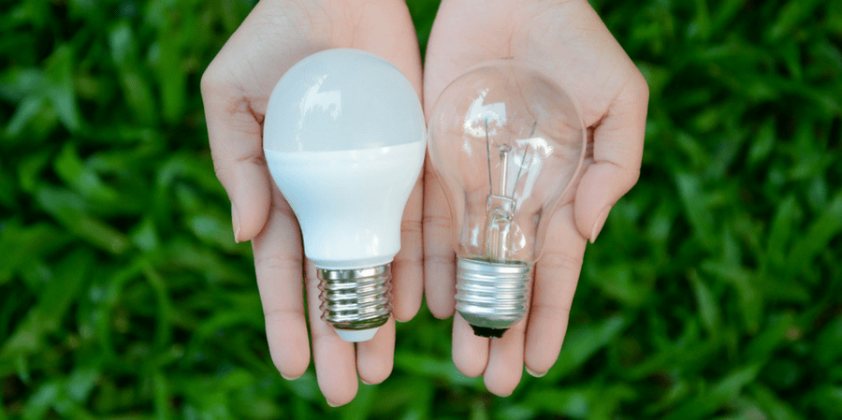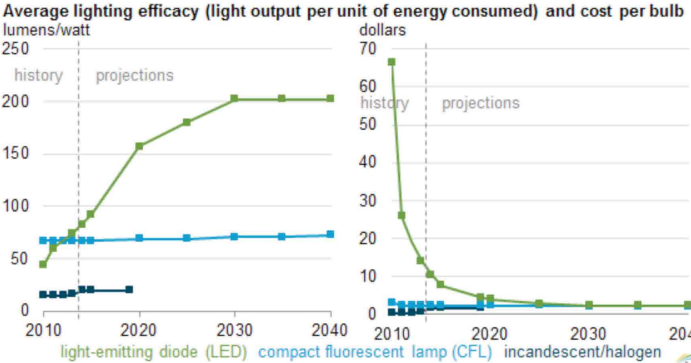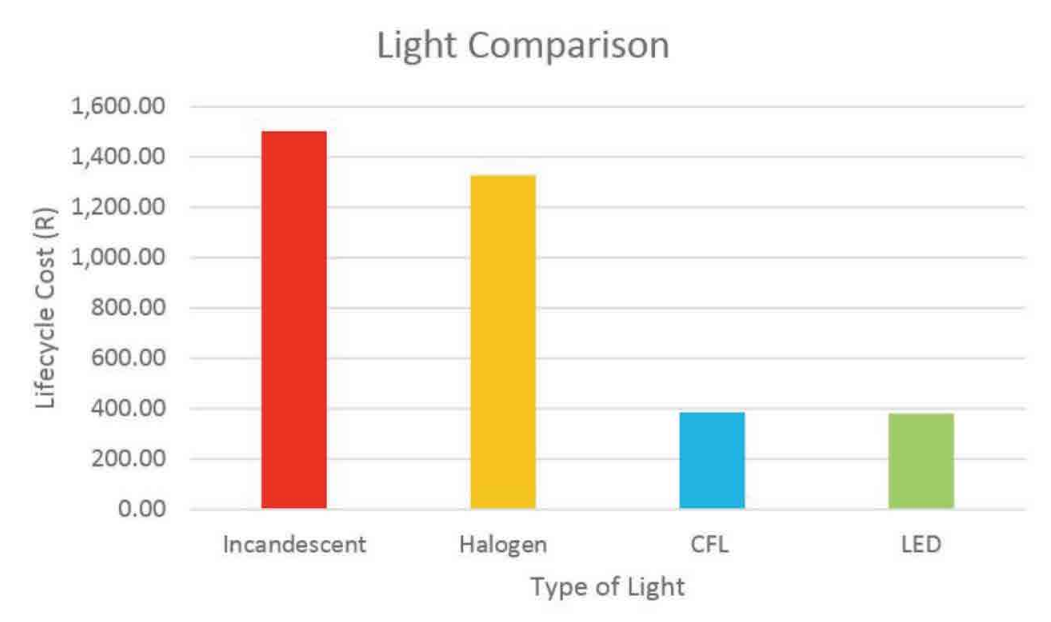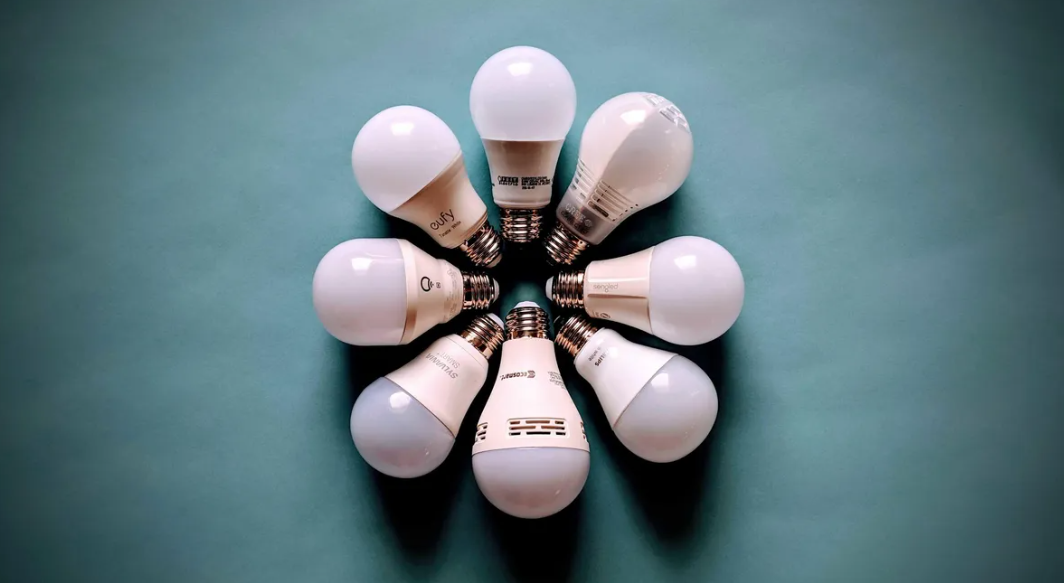We all know how LED bulbs are highly advised to use at home or even in public places because of how environment-friendly and durable they are. According to many people, LED bulbs are a great long-term investment because you don't have to keep buying new ones every few months. But just how long do LED bulbs last?
How does LED technology work?

To understand how long LED bulbs last, we must first know a little bit about how they work. LEDs, or light-emitting diodes, are semiconductor devices that produce visible light when an electric current is passed through them. This process is called electroluminescence.
LEDs are different from traditional incandescent bulbs in a few key ways. First, they don't have a filament that will burn out over time. Second, they don't use heat to produce light, so they are much more efficient than incandescent bulbs. This technology is considered to be very solid-state, meaning that it is less likely to fail than other types of lighting technologies.
LED bulbs are usually used in applications where a long lifespan is important, such as flashlights and exit signs. They are also becoming more popular for general lighting in homes and businesses because of their energy efficiency and long lifespans. Besides, LEDs emit very little heat, so they don't contribute to heat build-up in a room the way incandescent bulbs do.
Also, when an LED light bulb goes out, it doesn't suddenly stop working. It just gets dimmer and dimmer over time, until it finally needs to be replaced.
Are there any downsides to using LED bulbs?
LED bulbs are more expensive than incandescent bulbs, but they last much longer and use less energy. In the long run, LED bulbs will save you money on your electric bill and help you reduce your carbon footprint. Another downside to using LED bulbs is that they contain a small amount of lead and other toxic chemicals. However, these toxins are safely encapsulated inside the bulb, so as long as the bulb remains intact, there is no risk of exposure.
So, how long do LED bulbs last?
The answer to this question depends on a few factors, such as the quality of the bulb, the number of hours it is used each day, and whether it is used in an enclosed fixture or not. However, in general, you can expect an LED bulb to last for about 50,000 hours. This is much longer than incandescent bulbs (which typically last for about 1,500 hours) and CFLs (which typically last for about 8,000 hours).
The average lifetime of an incandescent bulb is 1-5% as long, if not shorter, than that of an LED (approximately 1,200 hours). Relative to every other commercially available lighting technology, LEDs are highly energy efficient. In comparison with other light bulb types like xenon and incandescent bulbs, an LED light bulb will use significantly less power.
For example, an average incandescent lamp has a lifespan of around 1,000 hours. An average CFL has a lifespan of 8,000 to 10,000 hours. On the other hand, an LED will last for around 50,000 hours. Xenon and HID bulbs have a lifespan of around 20,000 hours because this technology uses a lot of energy to provide light. Other technologies that are not similar to light-emitting diodes are not as efficient in terms of providing light.

It is important to note that the lifespan of an LED bulb is not affected by how frequently it is turned on and off. In contrast, the lifespan of an incandescent bulb is significantly reduced when it is turned on and off frequently. This is because the filament in an incandescent bulb weakens each time it is heated up and cooled down.
Why don`t LED bulbs last as long as they say?
An attribute of LED light bulbs that makes them use less energy than other types of light bulbs is that they don't produce light using heat. The downside to this, however, is that the components in these bulbs are sensitive to overheating and can cause the bulb to prematurely burn out. Thus, it is important to make sure that your LED bulbs are not enclosed in a fixture that doesn't allow for proper ventilation.
If you`re looking for an energy-efficient lighting option, LED bulbs are a great choice! Not only do they last much longer than other types of light bulbs, but they also use less energy. When you switch to LED lighting, you can expect your light bulbs to last for many years without needing to be replaced.
In real life, the longevity of their light bulbs is often determined by the number of hours they are used each day. So, instead of claiming 50,000 hours, there are more accurate 20,000 hours.
What factors affect LED lamp lifespan?
Knowing the lifespan that the manufacturer claims is not the only factor in play. Usually how long the bulbs last also depends on:
- The quality of the bulb: Just like any product, there are different levels of quality for LED bulbs. The better the quality, the longer it will last - but also, the higher the price tag. Do your research to find a balance that fits your needs and budget.
- How many hours per day they are used: If you only turn your lights on for a couple of hours each day, they will obviously last much longer than if you have them on all day and night.
- Whether or not they are used in an enclosed fixture: If your LED bulbs are not properly ventilated, they can overheat and burn out prematurely. Make sure to check the manufacturer`s instructions to see if your bulbs need to be used in an open or enclosed fixture.
- The ambient temperature: LED bulbs are designed to work in a specific temperature range. If the temperature is too hot or cold, it can shorten the lifespan of the bulb.
When it comes to LED light bulbs, there are a lot of factors that affect how long they will last. However, if you choose a high-quality bulb and use it properly, you can expect your LED light bulb to last for many years. Though they may cost more upfront, LED light bulbs are a great investment because of their long lifespan and energy efficiency.

Why do LED lights burn out?
The U.S. Department of Energy (DOE) conducted a study that found when an LED bulb fails, only 10% of the time is it due to the light emitter itself—the other 90% are attributing factors. These figures show that it`s not the LEDs that are burning out, but rather it`s the Driver. The study found that the leading cause of early LED failure was attributed to overheating in the driver circuitry.
The circuit board is what tells the light emitting diode (LED) when to turn on and off and at what brightness. The DOE study found that when an LED bulb is used in an enclosed space, the heat generated by the driver circuitry can`t dissipate, which leads to premature failure.
Remember that electronics are thinly spread out at the bottom of each LED bulb, which generates a lot of heat. To prevent this, we use heatsinks or finned designs. But even so, sometimes the issue lies in an enclosed fixture with an incorrectly rated LED - this entraps more heat. If you want to learn more about using LEDs correctly in enclosed fixtures, read my blog post on it. Moreover, it`s not only important to use the right LED, but also to make sure it`s installed properly.
How can I make my LED lights last longer?
Even after the light bulb comparison and knowing that any LED bulb lasts longer than any other type, you should know that the lifespan of your particular product still depends on how you use it.
Here are a few tips to help you make your LED lights last as long as possible:
- Use high-quality bulbs: As we mentioned before, the quality of the bulb is a big factor in how long it will last. When it comes to LED light bulbs, you usually get what you pay for. Cheap, poorly made bulbs may only last a few months, while more expensive, high-quality bulbs can last for years. Do your research to find the best LED light bulbs for your needs and budget.
- Follow the manufacturer's instructions: Make sure to read the instructions that come with your LED light bulbs carefully. Some bulbs need to be used in an open fixture, while others can be used in an enclosed fixture. Using the bulbs in the wrong type of fixture can shorten their lifespan.
- Avoid extreme temperatures: LED light bulbs are designed to work in a specific temperature range. If the temperature is too hot or cold, it can shorten the lifespan of the bulb. Moreover, when it is too cold outside, even the Christmas lights you hang on trees may not work as efficiently as usual.
- Keep them clean: Dust and dirt can build up on LED light bulbs and cause them to overheat. Be sure to clean your bulbs regularly to keep them working properly.
LED light bulbs are a great investment because they last much longer than traditional incandescent bulbs and are more energy efficient. However, it's important to choose high-quality bulbs and follow the manufacturer's instructions to get the most out of your purchase. With proper care, your LED bulbs can provide years of use.

Conclusion
We hope that our light bulbs comparison helped you understand how long LED bulbs last. Even though they are more expensive than traditional incandescent bulbs, LED bulbs provide many benefits that make them worth the investment. With proper care, your LED bulbs can last for years to come. Thanks for reading!